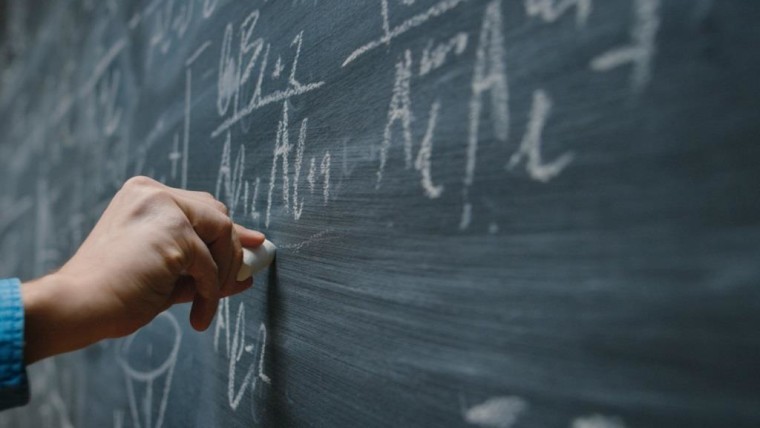On December 31, 2018, Seth Godin sent a blog post called “Hilbert’s List”. In this post, Seth cites the 23-item list that David Hilbert published in 1900. He stated that these 23 problems were important for mathematicians to solve in the upcoming century. Seth says that led to a focused effort, and many of those problems have been either fully or partially solved.

So Seth made a list of his own that he believes technology should help solve. You can see it here.
That inspired me to make my own list of 23. 23 seemingly unsolvable problems that are mostly likely solvable with technology and working together. Not by power struggles or viewing the world through Eyore glasses. By believing that everything is possible when we do it together.
I’m not going to give you the whole list here. You can ask me if you want it. But my list includes things like
- Solve the problem of plastics in our oceans.
- Overhaul our economic policy to emphasize long-term sustainability and contribution to society instead of short-term gains.
- Prevent and cure Alzheimer’s and cancer.
- Develop a new way to generate and deliver electricity to cut waste and eliminate grid vulnerability.
- Change workplace dynamics to foster health, creative innovation and generous collaboration.
I can’t solve any all these problems by myself. I can’t even solve one. I don’t think anyone can. They’re too big. Too hard. Some would say that if it could be done, it would have been done already.
But I don’t believe that either. We’ve already solved problems no one thought we could. Like exploring space. Better crop yields. Eradicating diseases. Keeping food from spoiling so quickly. All once thought impossible.
We often picture a lone scientist holed up in a basement lab. Never seeing the light of day. We even think of some as mad scientists. Cooking up nefarious schemes to wreak havoc on us mere mortals. Like hackers. Those who create chemical weapons. And sure, it happens. There are people who use technology and science selfishly or to cause harm.
But more often than not, it’s people working together in a lab. Working to change the world for the better. And it’s not limited to scientists. Everyone can help. Even if what you do isn’t directly related to the problems at hand.
You can help by doing your part where you can. Like using less plastic. Investing in companies that focus on the long-term. Doing what you do to the best of your ability. And being generous and open-hearted towards others.
It’s not easy being fully engaged with life. We get tired. Especially if we think we have to be enough for the task by ourselves, as I said in my last blog post. Sometimes we feel exploited, and weary of doing good. It’s not easy to keep working at problems that feel unsolvable.
Yet, what’s the alternative? Shrug our shoulders and complain about how things just aren’t as good as they were in the “good old days”? Practice avoidance techniques like eating, drinking, drugs, or binge-watching something on Netflix?
We CAN make this world a better place. We CAN whittle down that list of 23. Whether it’s Seth’s list, my list, or your list. I bet the lists aren’t all that different. And it will take each one of us to work with intention to do it.
Are you with me? Are you willing to pour yourself out for the greater good? To chip away at the list of 23? To believe the impossible is possible and do it? In so doing, you’ll gain more than you ever would by living only for yourself. Or walking through life half-awake. Let’s go.
What’s one “impossible” problem on your list of 23? Leave a comment.

